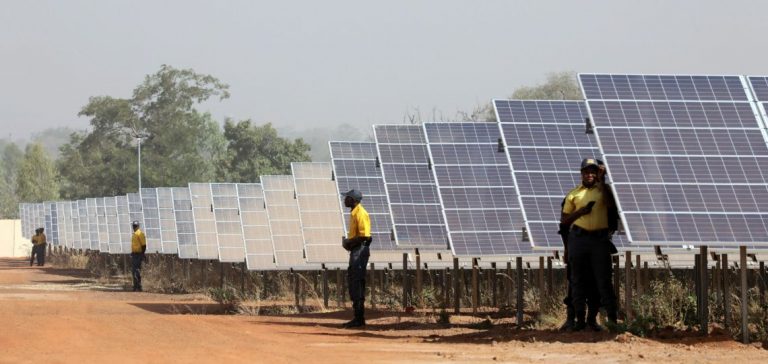The International Energy Agency (IEA) announced on Wednesday that the goal set at the Conference of the Parties (COP28) to triple global renewable energy capacities by 2030 is within reach. This ambition particularly relies on supporting the development of renewable energies in the Global South, specifically in Africa and Southeast Asia.
Nearly 70 countries, collectively representing 80% of the world’s renewable energy capacity, are on the verge of reaching or exceeding their current renewable energy targets for 2030, according to the IEA’s annual report “Renewables 2024.” However, this progress is not entirely aligned with the tripling objective set during COP28, but the agency remains optimistic about achieving it if governments seize short-term action opportunities.
Growth of Renewable Energies
Global renewable energy capacity is expected to reach 2.7 times its 2022 level by 2030. Photovoltaic solar power alone is projected to account for 80% of this growth, while wind energy is expected to double its expansion rate between 2024 and 2030 compared to the 2017-2023 period. These figures illustrate a strong dynamic in the renewable sector, driven by massive investments and a continuous decrease in production costs.
China in the Lead
Geographically, China is expected to account for nearly 60% of all installed renewable capacities worldwide by 2030, housing nearly half of the world’s total renewable energy capacity, compared to one-third in 2010. This dominant position of China underscores the importance of its energy policies in the global transition towards more sustainable energy sources.
Challenges of Renewable Fuels
Despite these advancements, renewable fuels such as biofuels and hydrogen are significantly lagging. The IEA emphasizes the need for dedicated political support to decarbonize sectors that are difficult to electrify. These alternative energies are essential to achieving the most ambitious climate goals, notably limiting global warming to +1.5°C by 2050, in accordance with the Paris Agreement.
Renewables, a Cost-Effective Option
The rapid deployment of renewable energies is also facilitated by their economic competitiveness. Fatih Birol, Director General of the IEA, stated that renewables are currently the cheapest option to add new power plants in almost every country in the world. By 2030, the world is expected to add over 5,500 gigawatts of renewable energy capacity, equivalent to the current capacity of China, the European Union, India, and the United States combined.
Strengthening Climate Goals
To achieve the tripling of renewable capacities, states will need to be more bold in their enhanced climate targets, known as Nationally Determined Contributions (NDCs), which they are required to present by 2025 under the Paris Agreement. The IEA also recommends strengthening international cooperation to reduce the financing costs of renewables, which are high in emerging and developing economies and hinder their growth in high-potential regions such as Africa and Southeast Asia.
Integration and Flexibility of Energy Systems
The agency highlights the importance of effectively integrating photovoltaic solar power and wind energy into national electrical systems. This will require greater flexibility of the grids and an increase in storage capacities, particularly through batteries. This integration is crucial to stabilize electricity supply and maximize the use of renewable energies.
The think tank Ember commented that the growth observed in renewable energies so far is just the beginning. The market can meet the needs of renewable energies, and governments must now prioritize investments in storage, networks, and other forms of clean flexibility to enable this transformation, it stated in a comment submitted to AFP.






















